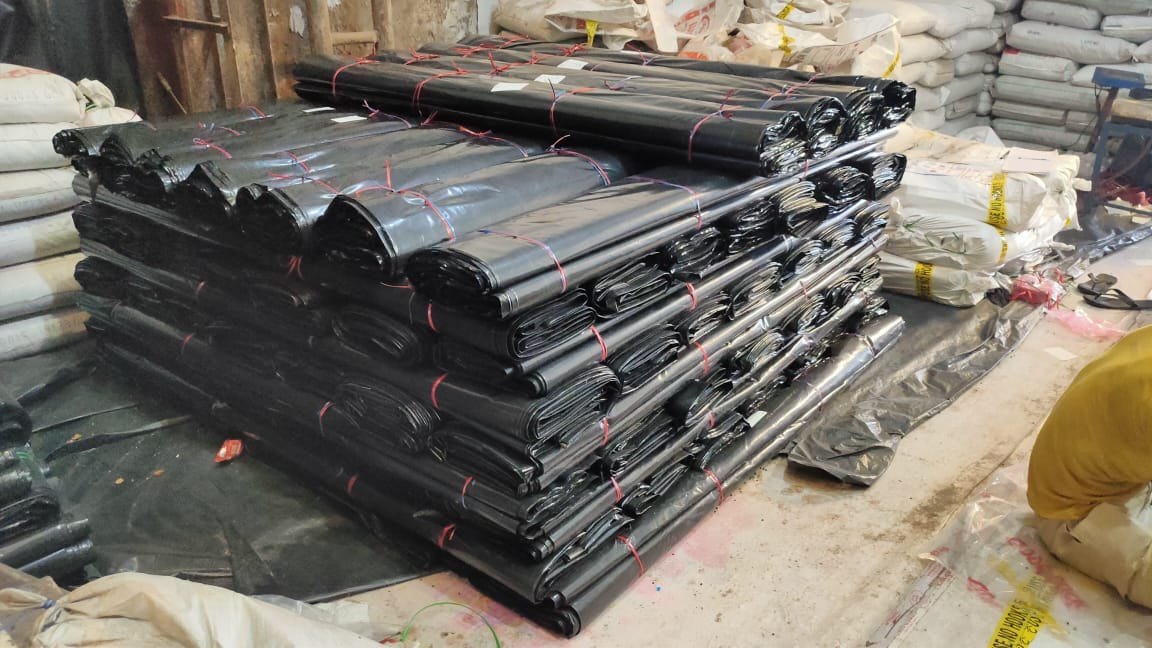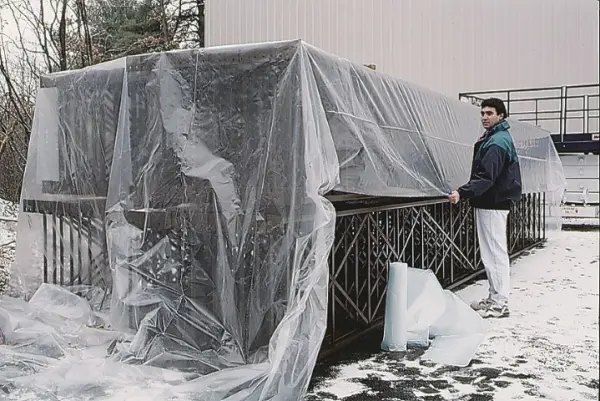
LD sheets, also known as Low-Density Sheets, are lightweight, flexible, and durable materials designed to enhance various aspects of agricultural operations. Crafted from high-quality, eco-friendly polymers, LD sheets are engineered to withstand the rigors of the field while providing a protective barrier for crops.

Ldpe film is a cheaper alternative to tarpaulins and has multiple uses like temporary sheds for protecting agricultural produce or any specific goods which need to be protected from moisture in all forms like rain, fog or hail.
LD sheets, or low-density polyethylene sheets, are a type of plastic sheet that is made from a polymer called polyethylene. They are typically clear or translucent, and they are available in a variety of thicknesses and sizes. LD sheets are often used in the agriculture industry for a variety of purposes, including:
There are a number of benefits to using LD sheets in agriculture, including:
There are a few drawbacks to using LD sheets in agriculture, including:
There are a number of different types of LD sheets used in agriculture, including:
The right LD sheet for agriculture will depend on the specific needs of the farmer. Some factors to consider when choosing an LD sheet include:
LD sheets should be cared for properly to ensure that they last for many years. Some tips for caring for LD sheets include: